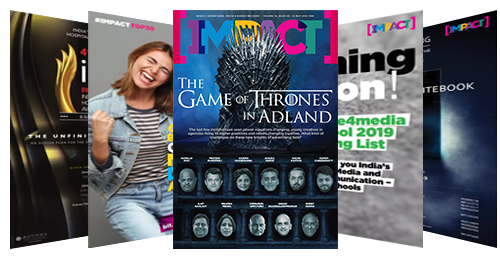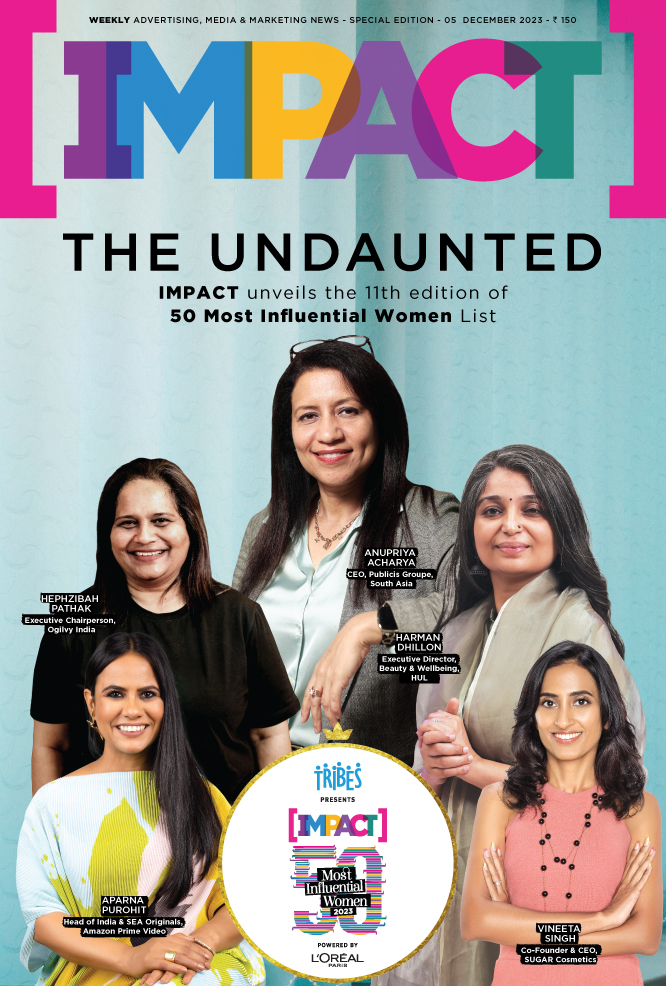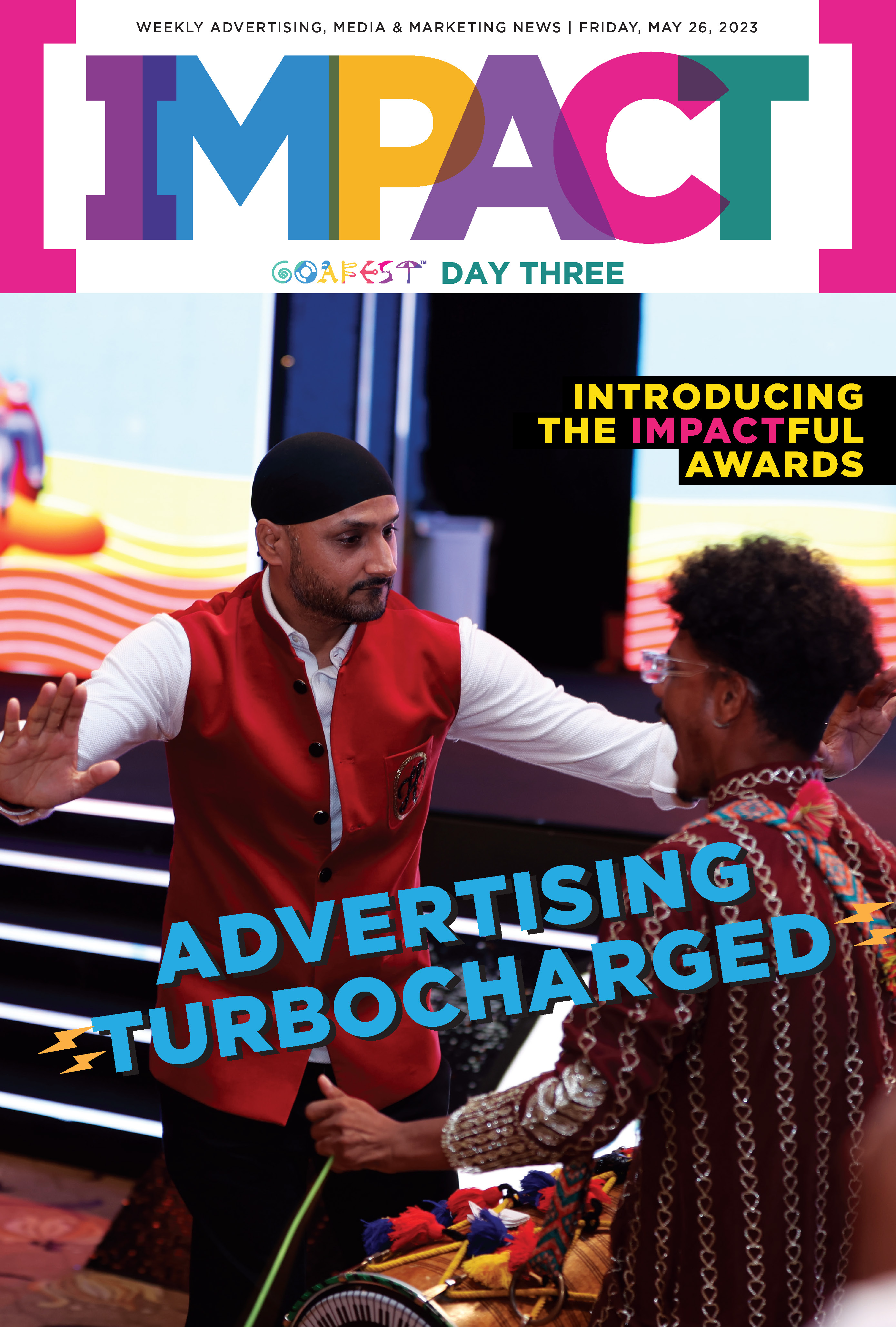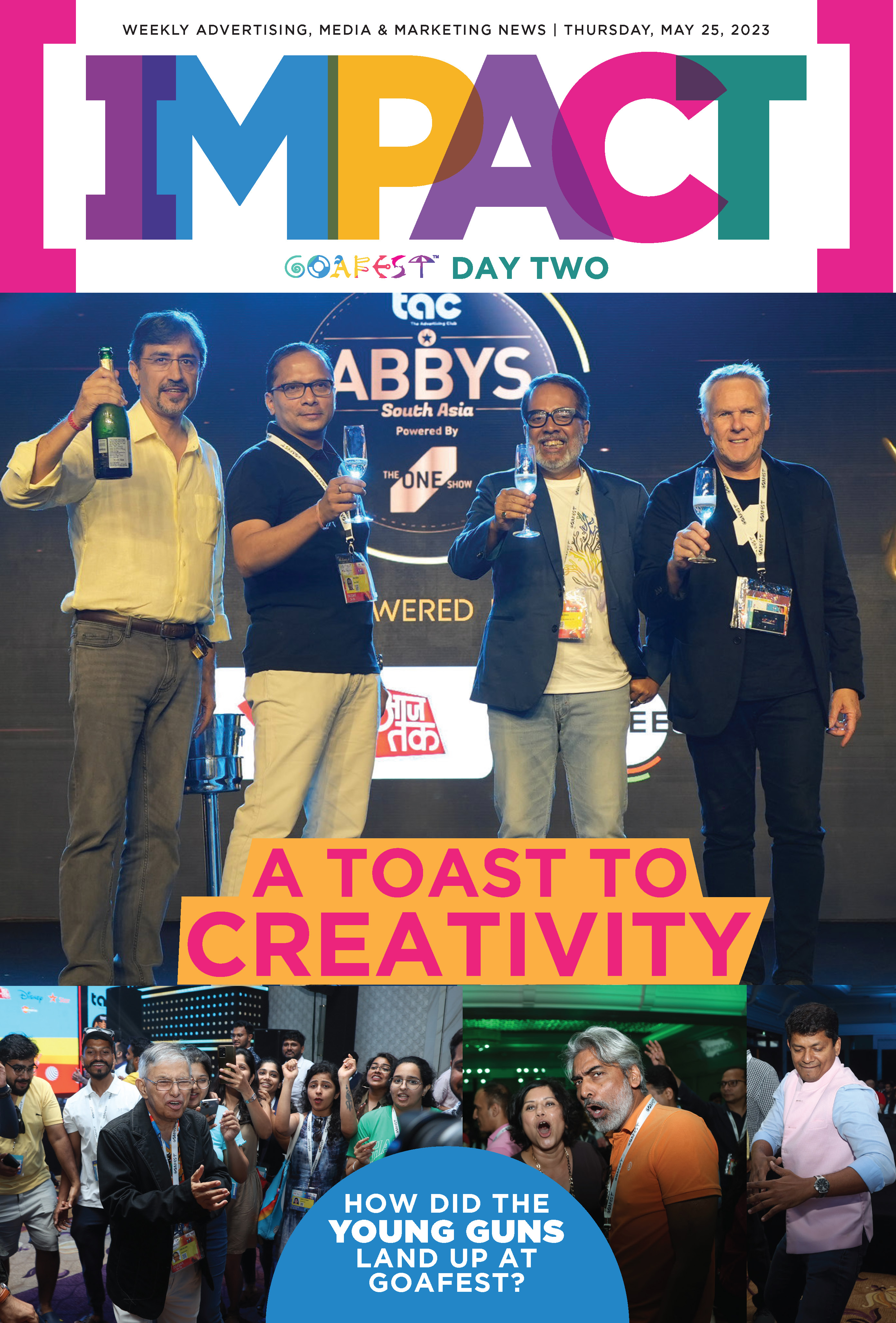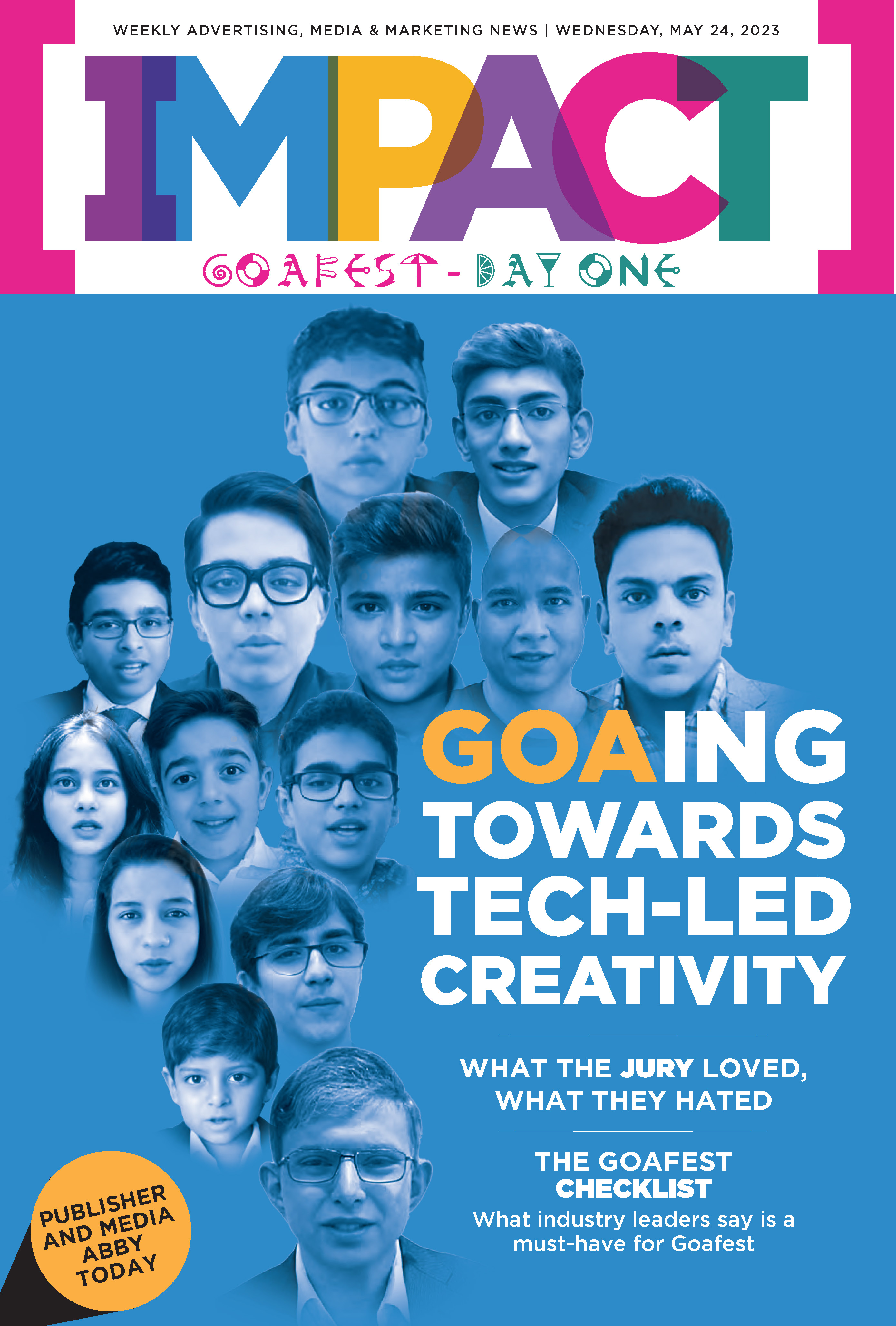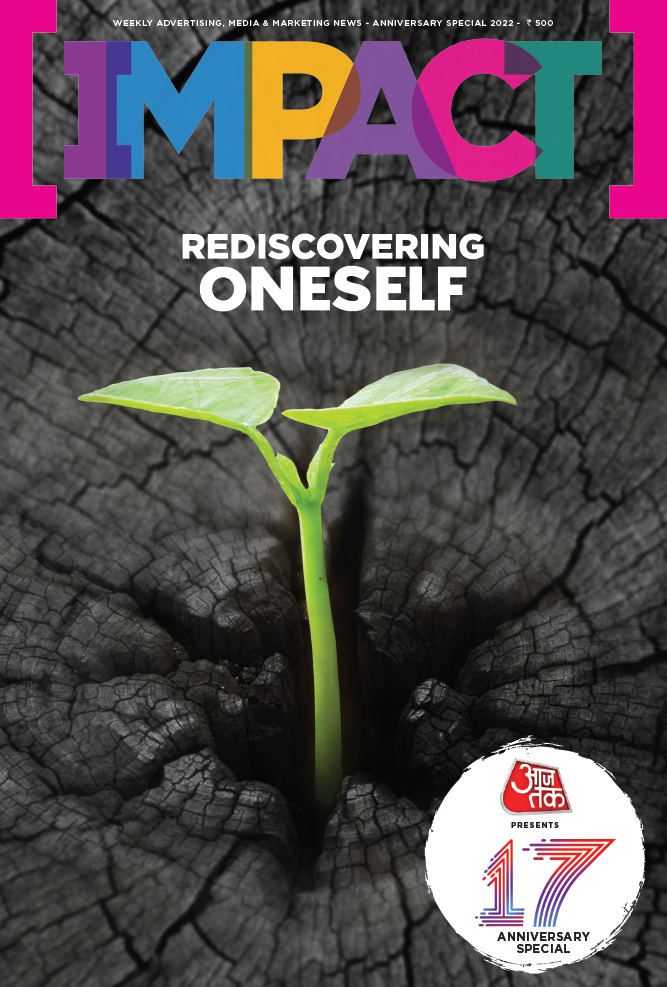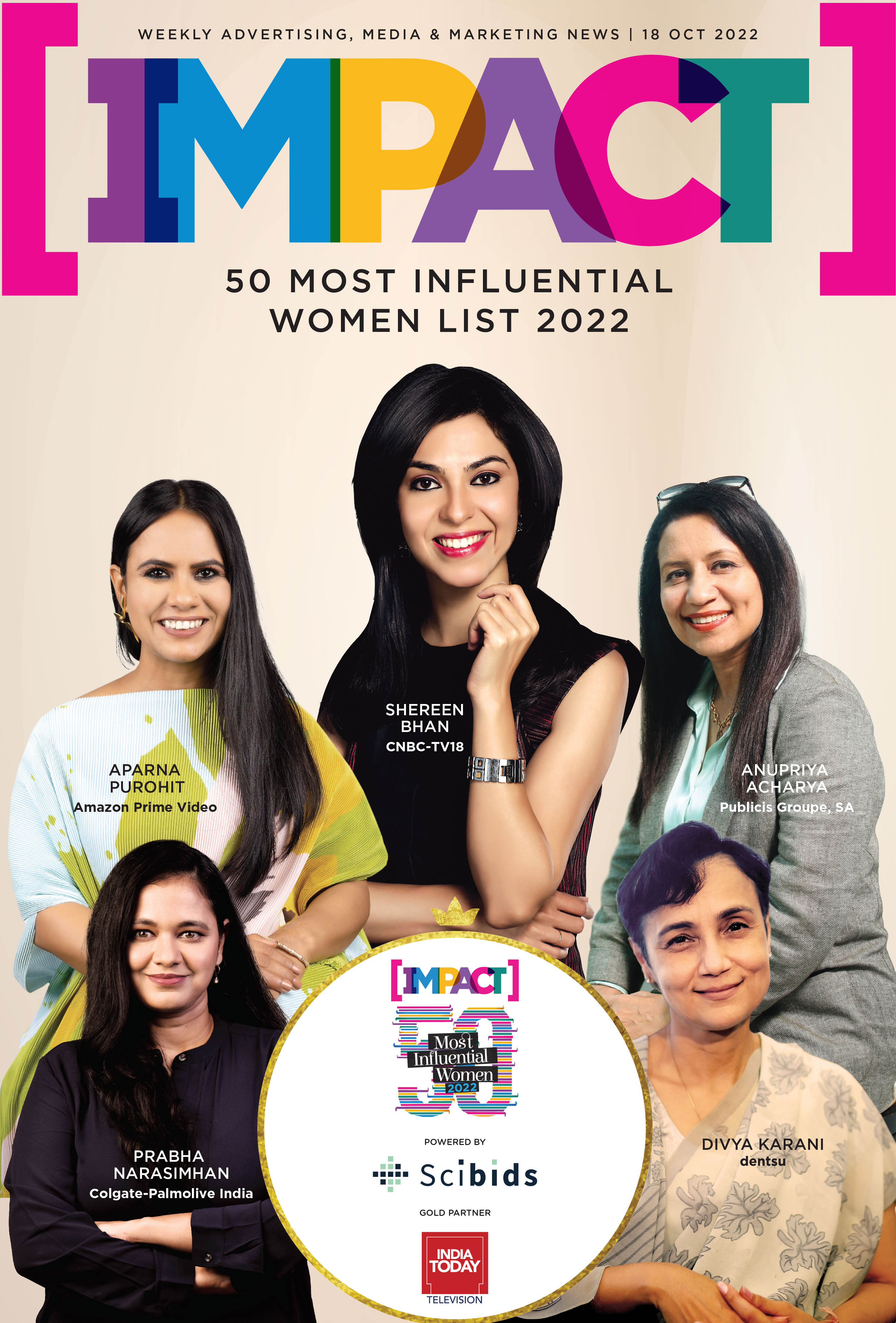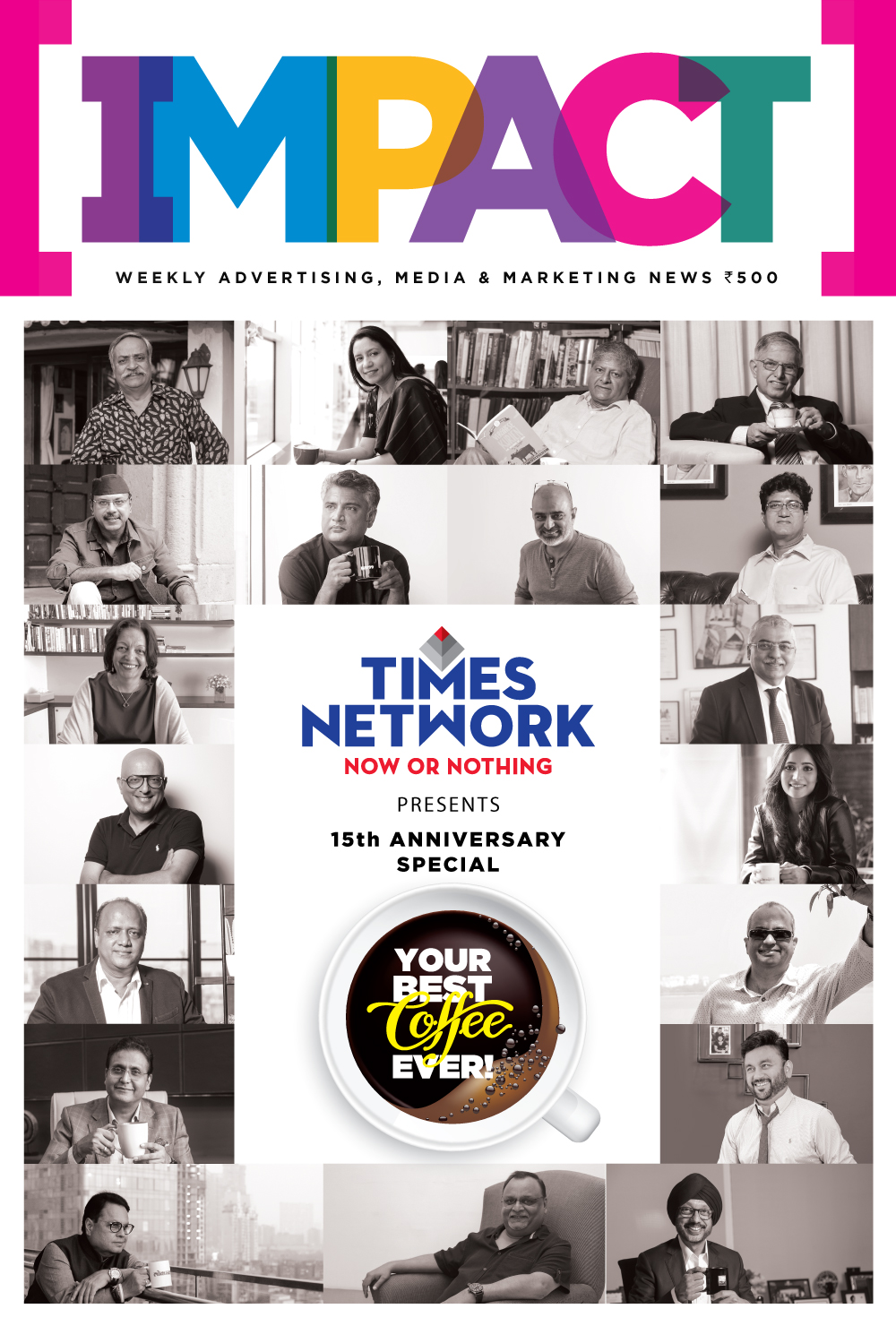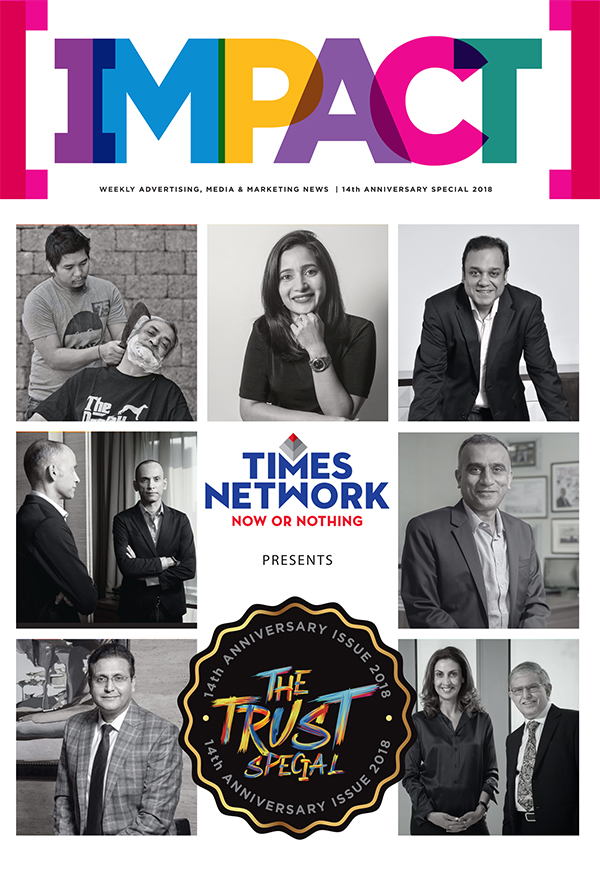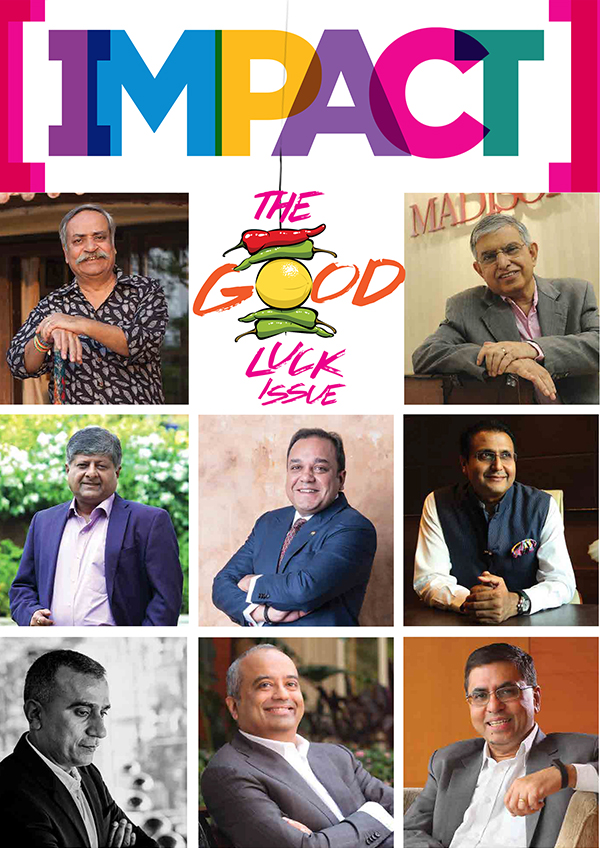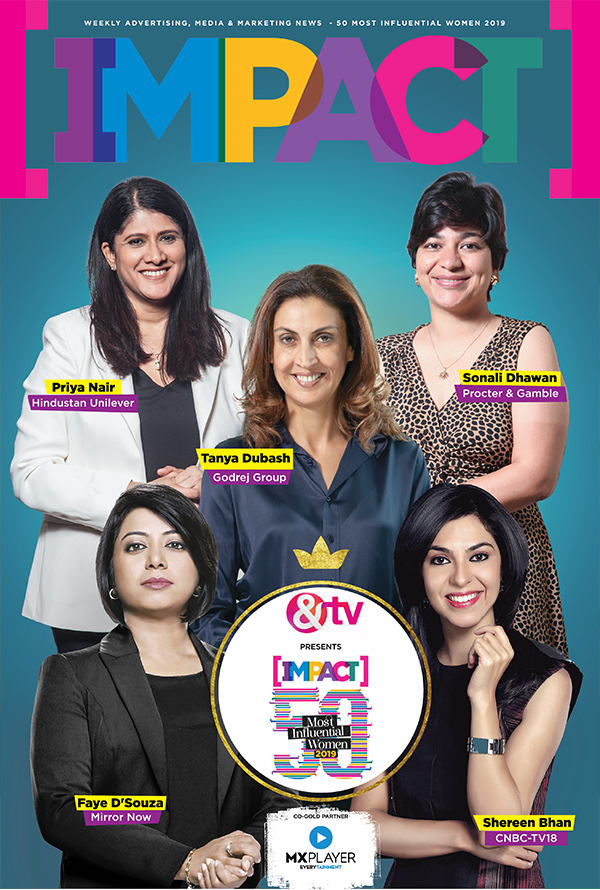Q] What were the top things on agenda when you decided to give a facelift to the flagship Volvo car - Volvo XC90?
It’s never easy to improve on a highly successful, one of the most awarded and iconic cars. So, we first retained in essence what people loved- its bold and minimalistic quality while making it fresher. Talking about minimalism, the screen in the centre console is interactive now, the infotainment system is very intuitive, doesn’t have too many buttons like your iPhone, and is very Scandinavian. Another interesting aspect is that going forward we have many radars and cameras to ensure that the car doesn’t collide. It's not exactly a promise but our ambition in the long term to make sure no one gets killed or is seriously injured while driving a Volvo. We want to offer safe cars.
Q] Volvo XC90 base model is priced at Rs. 1.03 crore; how much are you spending on marketing it? Will we see an Indianised campaign for Volvo this time?We can’t disclose the numbers we are spending on marketing. But this is our flagship car and we are going to do the best we can. And we won’t Indianise the campaign, it is a Scandinavian brand, so we have Scandinavian content that we will use. And our agency partners will work with us to take it to the audience.
Q] India is seeing this luxury revolution of sorts, similar to what China witnessed in the 1980s. Are you also seeing that spurt in luxury car sales?
There are green indicators that people have started to splurge, for e.g., Rado is looking at India as its top market. The economy is growing, all eyes are on how the economic benefit will spread, GDP per capita will grow and the wealth will get better distributed. If you look at the income pyramid 5-10 years ago, it was very skewed, largely being bottom-heavy with barely much at the top. Now it has started to expand to all sides. If you have to buy a phone worth Rs 1 lakh, somehow you will still manage using the EMI option, but the same feat becomes a lot more difficult if you are purchasing something worth Rs 1 crore or Rs 50 lakhs. However, it is happening already and that is the best part; there is enough aspiration. When economic strength gets added to the mix, you will see a spurt in luxury car purchases too.

Q] Which are the big markets for Volvo within India?
We are very well spread out, whether it is Delhi NCR, Maharashtra, Gujarat or the South—Hyderabad, Tamil Nadu, or Kerala.
Q] The Indian luxury car market grew by 6% to cross the 50K mark in 2024. Your competitors- Mercedes Benz, BMW Group, and JLR posted their highest-ever year of sales, whereas Volvo posted a decline. What went wrong?
For us, the luxury car market does not work on these numbers. We play a larger role; for example, we are moving more than everyone else in the space towards electrification. Today, one in four cars that Volvo sells happens to be electric. We want to continue to sell more electric cars and that's how we determine our progress. Secondly, we are a comparatively younger brand in India. We have been here for a little over the last decade, while we started assembling cars only in 2017, post which the pandemic hit. So, for us, the progress the brand is making, the brand saliency, awareness, consideration and the willingness to pay for a Volvo is more important. We measure it internally and are very happy because we are moving in the right direction. Volvo XC90 is a brand shaper; it will really help us to create that aura around the brand.
Q] As per your website, Volvo was aiming for 50% of its annual car sales to be all-electric by 2025, with the remainder consisting of hybrids. How close are you to achieving that target?
We have clarified now that by 2030 we want to be 90-100% electrified. What that means is a car with a cord; basically, in some way the cars will be electrified. It could be a plug-in hybrid or a battery electric. So, that's where we are headed, and obviously each country and each market will have a different set of goals; it's not a linear progression. It will happen at a different pace in different markets, even as the end goal is similar for everyone.
Q] India’s luxury market boom comes at a time when the global luxury sector is facing a slowdown in traditional markets like China, Europe, and the USA. What percentage of Volvo’s global sales today come from India?
It is a small percentage, not just for us but for our competitors in the luxury car space as well, but it will change. Typically, last year India sold 4.3 million cars, i.e., 43 lakh cars, out of which 45-50 thousand, i.e. 1% were luxury cars, which is nothing. But it is so small that there is only one way for it to go. One will become two and gradually it will become 10, it's only a matter of time. The GDP per capita and demography together will push us towards it.
Q] Which year would mark the turning point for India for the sale of luxury cars then?
Very difficult to say. A lot of the geopolitical things also impact sales, but 2030 could be the turning point; we are very close to the cusp where it will take off. So, close to 2028, 2030 is when you will see the surge starting.
Q] Volvo entered India in 2007, started assembling cars in 2017 and manufactured its 10,000th car in India last year. What kind of target have you set for yourself to manufacture the next 10,000? Would you speed it up considering that wealth levels are rising here and so is the appetite for luxury?
We started assembling cars in India in 2017 and we have assembled 10,000 cars; we have sold more. We want to reach the next 10,000 as fast as possible.
Q] Recently, I remember Skoda had partnered with Zepto to enable quick delivery of cars for a test drive. Do you think that’s even a possibility for a luxury car like Volvo or will it take away from its exclusivity factor?
I don’t want to comment on everybody else, for us, it is important that we are able to do whatever the customer wants, which basically means having a direct relation with the customer. We have a Customer Relations Centre. If you call them, they will help you fix a test drive, but not within 10-15 minutes but at a time that is convenient to the customer.








